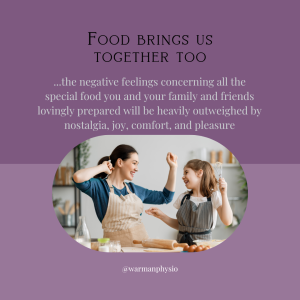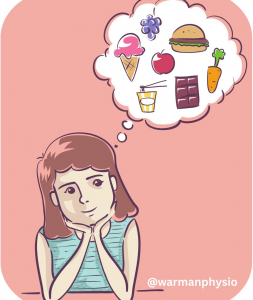The public is becoming more aware of the benefits of pelvic floor physiotherapy (PFPT). When we first opened in Warman in 2014, about 20-25% of people had even heard of PFPT! Now there appears to be an assumption that leakage or pelvic floor pain issues ONLY happen to people that have had kids. That it can’t happen for those who have never been pregnant or given birth before – but that is not the case!
Pelvic Floor Dysfunction
There are people of all backgrounds and ages of any gender, who suffer from pelvic floor problems. There are many different reasons for why this may be the case. First, here are some issues that are common symptoms:
 low back or hip pain
low back or hip pain- leaking of urine (or stool)
- pain (with intercourse or otherwise)
- night wetting (or waking to void)
- constipation
- hemorrhoids
- pressure/heaviness (feeling like things will fall down/out)
- tailbone pain
- pelvic girdle pain (SIJ, hips, pubic symphysis)
Some of the reasons for pelvic floor dysfunction include post op complications or side effects from surgeries performed in the abdominal or pelvic region, radiation therapy to the pelvis due to pelvic cancers, prostate issues, and menopause. Stress, anxiety, and overall pressure system problems can also be an underlying cause.
Weigh the Risk
There are some risk factors that may contribute to leakage of the bladder including:
- chronic strain to the pelvic floor from a persistent cough (ie smoking or asthma/COPD)
- chronic constipation
- highly athletic populations (especially with a vagina)
- individuals that have obstetric injuries
- someone that has had trauma to the pelvis
- anyone that has received abdominal surgery
Our athletes in particular may have some leakage issues or heaviness/prolapse symptoms. This may be associated with heavy lifting or running/jumping sports due to the strain that can be placed on the pelvic floor with these activities. The exercise itself is unlikely to be the culprit, but the strategies being used may be contributing.
The Pelvic Floor and What you Consume
There are some behavioral components that may impact urinary leakage as well including:
- consuming or drinking caffeine(!!) and carbonated beverages
- spicy foods
- citrus foods
- alcohol (red wine in particular!)
Our Pelvic Floor Helps us Compensate
Sometimes anxiety can have a role as well if we have a tendency to hold too much tension in the pelvic floor muscles. This in turn can contribute to pelvic pain or incontinence issues – or even constipation!

People with chronic pain conditions such as:
- endometriosis
- irritable bowel syndrome
- inflammatory bowel diseases
- interstitial cystitis
…for example may have tightness in their pelvic floor muscles which may be contributing to some of their pain presentation. Sometimes back or hip pain can actually be originating from the pelvic floor. When someone has had “problems forever” and they haven’t seen a PFPT – this is often a good place to start.
How does PFPT Help?
A PFPT can be helpful as part of the medical care team in addressing pain that may be contributed to by the pelvic floor muscles. PFPT utilize various techniques, either with internal manual therapy techniques or external techniques. If the client is comfortable with internal, this via a vaginal or rectal exam. Some people are not comfortable and we can proceed with education and exercises for relaxation/stretching of these muscles.
If there is urinary leakage then there can be behavioural techniques that a pelvic floor physiotherapist can teach to help address these issues. This is especially true if there is leakage preceded by a strong urge to pee. Should there be weakness of the muscles then this can contribute to leakage of the bladder or bowel as well. Although this weakness is not a common finding, it can happen post operatively in the pelvis or abdomen. Regardless of the reason, a PFPT can be helpful in teaching specific exercises to address the issues.
If you are having problems with any of these issues seeing a pelvic floor physiotherapist may be beneficial:
- leaking with laughing/coughing/sneezing
- leaking due to urgency of the bladder
- chronic constipation
- pain with intercourse
- pelvic pain/low back or hip pain (especially if addressing the back and hip tissues with prior rehab does not appear to be resolving the issue)
If you are finding yourself worried about what to expect as an adult coming for a first appointment, check out this blog!
Ready to take control? Book your assessment today in Warman HERE and in Saskatoon HERE






